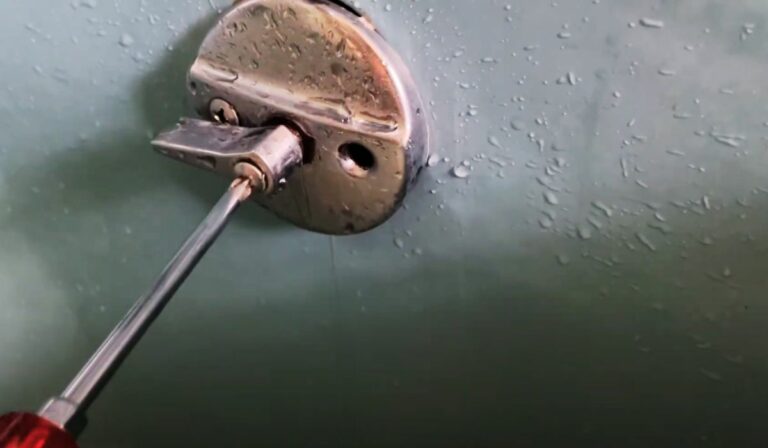How To Clear Wash Basin Clog Quickly and Safely
A clogged wash basin can be a frustrating inconvenience that disrupts your daily routine. Whether your sink is draining slowly or not at all, knowing how to clear a wash basin clog yourself can save you time and money. In this guide, you’ll find clear, step-by-step methods to tackle common clog issues confidently and safely, along with tips to help prevent future blockages. Let’s get your basin flowing smoothly again.
Common Causes Of Wash Basin Clogs
Understanding why your wash basin clogs in the first place helps you address the problem effectively. The most common causes include:
- Accumulation of Hair and Soap Scum: Hair strands, combined with soap residues, stick to the inside of your drain pipes, gradually narrowing the flow.
- Food Particles and Grease: If you use your wash basin for rinsing utensils or disposing of small food scraps, these can build up and cause blockages.
- Foreign Objects: Sometimes small items accidentally fall into the sink, causing obstruction.
- Mineral Buildup: Hard water can lead to mineral deposits inside pipes, restricting water flow over time.
Knowing these causes can also guide your preventive steps and repair methods.
Safety Precautions Before Clearing A Clog
Before you start working on your clogged basin, keep these safety precautions in mind:
- Wear Protective Gloves: Protect your hands from dirt, bacteria, and harsh chemicals.
- Avoid Mixing Chemicals: If you’ve used chemical cleaners before, do not mix different types as they can produce harmful fumes.
- Use Eye Protection: When working with plungers or chemicals, splashes can happen: goggles safeguard your eyes.
- Ventilate the Area: Open windows or run exhaust fans for fresh air circulation.
- Disconnect Electrical Appliances: Keep appliances near the sink unplugged to avoid electrical hazards.
Taking these steps ensures you’re safe while tackling the clog.
Step-By-Step Methods To Clear A Wash Basin Clog
Here are several effective ways to clear your clogged wash basin. Start with the simplest and least invasive method before moving to stronger solutions.
Using A Plunger To Dislodge The Clog
- Fill the basin with enough water to cover the plunger’s cup.
- Position the plunger over the drain to form a seal.
- Pump vigorously up and down for about 20 seconds.
- Lift the plunger to see if water drains: repeat if necessary.
Applying Baking Soda And Vinegar For Natural Cleaning
- Pour half a cup of baking soda down the drain.
- Follow with half a cup of white vinegar.
- Let the mixture fizz and work for 15-20 minutes.
- Rinse with boiling water to clear loosened debris.
This natural method is gentle on pipes and eco-friendly.
Manual Removal Of Debris From The Drain Trap
- Place a bucket underneath the S-shaped pipe (trap) below your basin.
- Unscrew the slip nuts carefully to remove the trap.
- Clear out hair and gunk manually.
- Reassemble the trap securely and test drainage.
Using Chemical Drain Cleaners Safely
- Choose a chemical cleaner designed for wash basin drains.
- Follow the manufacturer’s instructions exactly.
- Use gloves and ensure the area is ventilated.
- Avoid excessive repeats as chemicals can damage pipes.
Chemical cleaners are a last resort for stubborn clogs but require caution.
When To Call A Professional Plumber
Sometimes DIY methods aren’t enough, and calling a professional plumber is the best option. Consider reaching out when:
- The clog persists even though multiple attempts to clear it.
- You notice foul odors or water backing up into other fixtures.
- There is visible leakage or pipe damage.
- You’re uncomfortable handling chemical cleaners or dismantling plumbing.
Professional plumbers have specialized tools and expertise to diagnose and fix complex clogs quickly, preventing costly damage.
Preventive Tips To Avoid Future Wash Basin Clogs
Prevention is always better than cure. To keep your wash basin clog-free:
- Use Drain Screens: They catch hair, food crumbs, and debris before entering the drain.
- Avoid Pouring Grease or Oil: Dispose of cooking fats separately.
- Clean Drain Regularly: Flush the drain with boiling water or the baking soda-vinegar mix monthly.
- Limit Disposal of Food Scraps: Use a kitchen bin instead of rinsing solids.
- Be Mindful of What Goes Down the Drain: Avoid flushing non-degradable items like wipes or cotton balls.
Adopting these habits significantly reduces the risk of future blockages.
Conclusion
Clearing a wash basin clog might seem daunting at first, but with the right approach and safety measures, you can tackle most blockages yourself. Start with natural methods and gentle tools before escalating to harsher chemicals or professional help. Most importantly, practicing good maintenance habits goes a long way in keeping your basin running smoothly. Remember, a little care now saves you from bigger headaches down the line.


![[Solved] How to Fix Yellow Water in My Hot Tub](https://faucetfam.com/wp-content/uploads/2023/07/Solved-How-to-Fix-Yellow-Water-in-My-Hot-Tub-768x448.jpg)